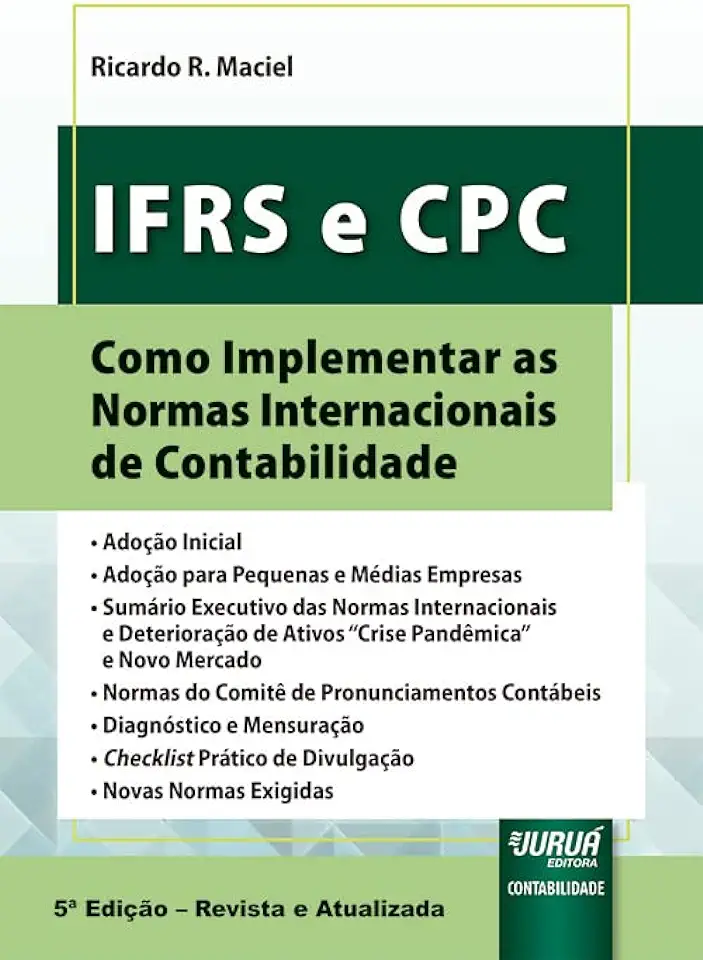
How to Implement International Accounting Standards - Ricardo R. Maciel
How to Implement International Accounting Standards: A Comprehensive Guide for Accountants and Finance Professionals
Overview
In today's globalized business environment, it is essential for accountants and finance professionals to have a thorough understanding of International Accounting Standards (IAS). These standards provide a framework for consistent and transparent financial reporting, enabling companies to communicate their financial information effectively to investors, creditors, and other stakeholders.
Why Implement IAS?
There are several compelling reasons why companies should implement IAS. First and foremost, IAS enhances the comparability of financial statements across different countries and jurisdictions. This comparability is crucial for investors and creditors who need to make informed decisions about companies operating in different parts of the world.
Second, IAS promotes transparency and accountability in financial reporting. By requiring companies to disclose relevant financial information in a standardized manner, IAS helps to reduce the risk of financial misstatement and fraud.
Third, IAS can help companies to improve their financial performance by providing a framework for efficient and effective financial management. By following IAS, companies can gain a better understanding of their financial position and performance, and make more informed decisions about resource allocation and investment.
How to Implement IAS
Implementing IAS can be a complex and challenging process, but it is essential for companies that want to succeed in the global marketplace. The following steps provide a general overview of the implementation process:
- Assess your current accounting practices. The first step is to assess your current accounting practices and identify the areas where they differ from IAS. This assessment will help you to identify the gaps that need to be addressed in order to achieve compliance with IAS.
- Develop an implementation plan. Once you have identified the gaps in your current accounting practices, you need to develop an implementation plan that outlines the steps that need to be taken to achieve compliance with IAS. This plan should include a timeline, budget, and resource allocation.
- Train your staff. It is essential to train your staff on the new IAS requirements so that they can apply them correctly in their day-to-day work. Training should cover the technical aspects of IAS, as well as the practical implications of implementing the standards.
- Make the necessary changes to your accounting systems. You may need to make changes to your accounting systems in order to comply with IAS. These changes may include modifications to your software, hardware, and data structures.
- Monitor and review your implementation. Once you have implemented IAS, it is important to monitor and review your implementation on an ongoing basis to ensure that you are complying with the standards. This may involve conducting internal audits, reviewing financial statements, and staying up-to-date with changes to IAS.
Conclusion
Implementing IAS can be a challenging process, but it is essential for companies that want to succeed in the global marketplace. By following the steps outlined in this guide, you can successfully implement IAS and reap the benefits of improved financial reporting, comparability, and transparency.
Order Your Copy Today!
Don't miss out on this opportunity to gain a comprehensive understanding of IAS and how to implement them in your organization. Order your copy of "How to Implement International Accounting Standards" today and take the first step towards achieving financial success in the global marketplace.
Enjoyed the summary? Discover all the details and take your reading to the next level — [click here to view the book on Amazon!]